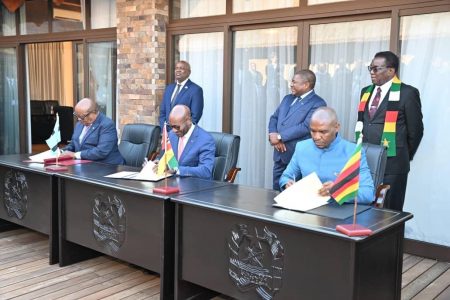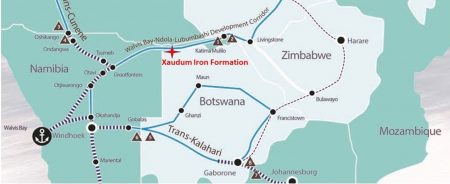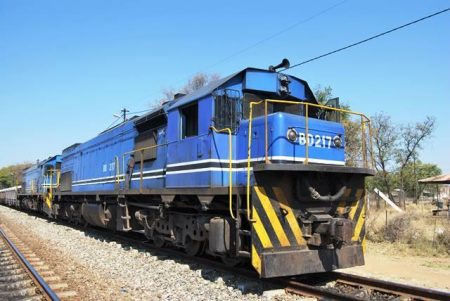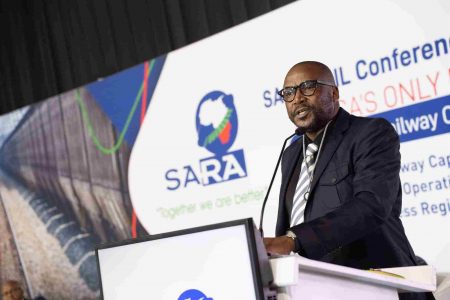This content is for Premium Subscribers only. To view this content, login below or subscribe as a Premium Subscriber.
Related News Articles
2 min
Namibia Wants Trans-Kalahari Rail Corridor Development Project Fast-Tracked
01 March 2025
SADC, Namibia
1 min
Lobito, TAZARA Threaten Walvis Bay’s Attractiveness to Namibia’s Neighbours
01 March 2025
SADC, Zambia
2 min
RITES Seeks Projects under AU’s Agenda 2063
03 October 2024
SADC, Zimbabwe
1 min
Puma Energy Says Namibia Must Improve Railway Efficiency
26 September 2024
SADC, Zambia
2 min
Consultant For Trans-Kalahari Railway Feasibility Study To Be Announced In September
13 August 2024
SADC, Namibia
2 min
Statistics Botswana Releases Q1/2024 Transport And Infrastructure Stats Brief
02 August 2024
SADC, Botswana
2 min
2 min
Botswana’s SeaRail Increasing Capacity at Walvis Bay
23 June 2024
SADC, Botswana
2 min
Botswana Railways Looking To Advance Its Position In Regional Connectivity
08 June 2024
SADC, Botswana
3 min
Botswana Railways Collaboration Opportunity For Passenger Train Services
28 March 2024
SADC, Botswana
1 min
Botswana Continues Strategic Rail Expansion And Infrastructure Enhancement
22 March 2024
SADC, Botswana
2 min
Namport Advocates For Rail Connection To Botswana-Zambia
22 March 2024
SADC, Zambia
3 min
2 min
Botswana’s 2024 Budget Speech Notes Key Railway Projects
13 February 2024
SADC, Botswana
1 min
Twelve Companies Show Interest In Developing Trans-Kalahari Railway
21 November 2023
SADC, Namibia
2 min



